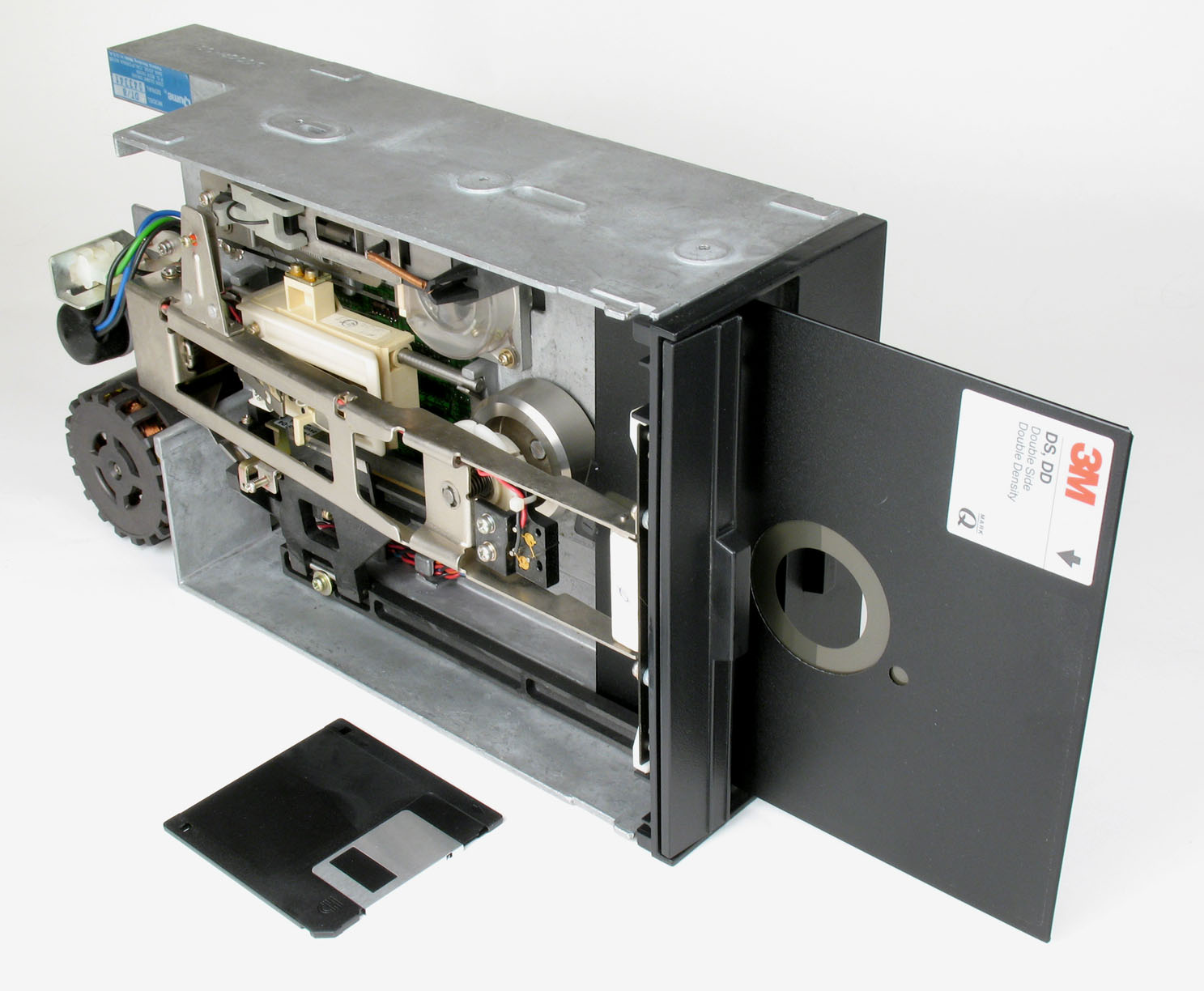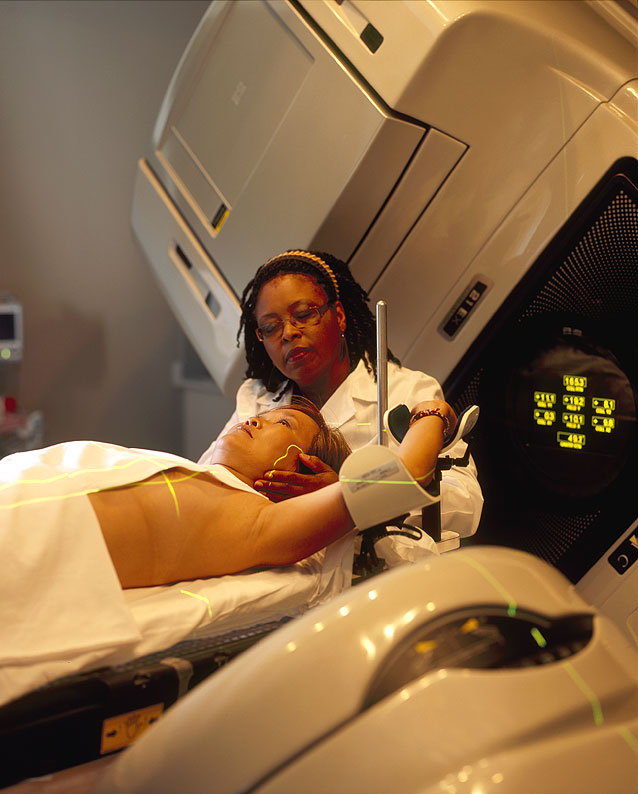|
PC12 Minicomputer
PC12 by Artronix was a minicomputer built with 7400-series integrated circuits, 7400-series TTL technology and Ferrite (magnet), ferrite core memory. Computers were manufactured at the Artronix facility in suburban St. Louis, Missouri. The instruction set architecture was adapted from the LINC, the only significant change was to expand addressable memory to 4K, which required addition of an origin register. It was an accumulator machine with 12-bit addresses to manipulate 12-bit data. Later versions included "origin registers" that were used to extend the addressability of memory. Arithmetic was ones' complement. For mass storage it had a LINC#LINCtape, LINCtape dual unit. It also used a Tektronix screen with tube memory and an Analog-to-digital converter, ADC/Digital-to-analog converter, DAC to capture and display images. There was an optional plotter to draw the results. To speed up the calculations it had a separate floating point unit that interfaced like any other peripher ... [...More Info...] [...Related Items...] OR: [Wikipedia] [Google] [Baidu] |
Artronix
Artronix Incorporated began in 1970 and has roots in a project in a computer science class at Washington University School of Medicine in St Louis, Missouri, St Louis. The class designed, built and tested a 12-bit minicomputer, which later evolved to become the PC12 minicomputer. The new company entered the bio-medical computing market with a set of peripherals and software for use in Radiation Treatment Planning (sefull articleanabstract and ultrasound scanning. Software for the PC12 was written in assembly language and FORTRAN; later software was written in MUMPS. The company was located in two buildings in the Hanley Industrial Park off South Hanley Road in Maplewood, Missouri. The company later developed another product line of brain-scanning or computed tomography equipment based on the Lockheed Corporation, Lockheed SUE 16-bit minicomputer (see also Pluribus); later designs included an optional vector processor using AMD Am2900 bipolar bit-slices to speed tomographic rec ... [...More Info...] [...Related Items...] OR: [Wikipedia] [Google] [Baidu] |
Operating System
An operating system (OS) is system software that manages computer hardware and software resources, and provides common daemon (computing), services for computer programs. Time-sharing operating systems scheduler (computing), schedule tasks for efficient use of the system and may also include accounting software for cost allocation of Scheduling (computing), processor time, mass storage, peripherals, and other resources. For hardware functions such as input and output and memory allocation, the operating system acts as an intermediary between programs and the computer hardware, although the application code is usually executed directly by the hardware and frequently makes system calls to an OS function or is interrupted by it. Operating systems are found on many devices that contain a computerfrom cellular phones and video game consoles to web servers and supercomputers. , Android (operating system), Android is the most popular operating system with a 46% market share, followed ... [...More Info...] [...Related Items...] OR: [Wikipedia] [Google] [Baidu] |
IBM System/360
The IBM System/360 (S/360) is a family of mainframe computer systems announced by IBM on April 7, 1964, and delivered between 1965 and 1978. System/360 was the first family of computers designed to cover both commercial and scientific applications and a complete range of applications from small to large. The design distinguished between architecture and implementation, allowing IBM to release a suite of compatible designs at different prices. All but the only partially compatible Model 44 and the most expensive systems use microcode to implement the instruction set, featuring 8-bit byte addressing and fixed-point binary, fixed-point decimal and hexadecimal floating-point calculations. The System/360 family introduced IBM's Solid Logic Technology (SLT), which packed more transistors onto a circuit card, allowing more powerful but smaller computers. System/360's chief architect was Gene Amdahl, and the project was managed by Fred Brooks, responsible to Chairman Thomas J. Wat ... [...More Info...] [...Related Items...] OR: [Wikipedia] [Google] [Baidu] |
Moline, Illinois
Moline ( ) is a city in Rock Island County, Illinois, United States. With a population of 42,985 in the 2020 census, it is the largest city in Rock Island County and the List of municipalities in Illinois, ninth-most populous in Illinois outside the Chicago metropolitan area. Moline is one of the Quad Cities at the confluence of the Rock River (Mississippi River tributary), Rock and Mississippi River, Mississippi rivers, along with neighboring East Moline, Illinois, East Moline and Rock Island, Illinois, Rock Island in Illinois and the cities of Davenport, Iowa, Davenport and Bettendorf, Iowa, Bettendorf in Iowa. The Quad Cities metropolitan area had a population of approximately 380,000 as of 2023. Moline was established in 1843. The name derives from the French ''moulin'' meaning "mill [town]". The John Deere World Headquarters, corporate headquarters of Deere & Company is located in Moline, as was Montgomery Elevator; its acquirer Kone has its U.S. division headquartered in Mol ... [...More Info...] [...Related Items...] OR: [Wikipedia] [Google] [Baidu] |
Floppy Disk
A floppy disk or floppy diskette (casually referred to as a floppy, a diskette, or a disk) is a type of disk storage composed of a thin and flexible disk of a magnetic storage medium in a square or nearly square plastic enclosure lined with a fabric that removes dust particles from the spinning disk. The three most popular (and commercially available) floppy disks are the 8-inch, 5¼-inch, and 3½-inch floppy disks. Floppy disks store digital data which can be read and written when the disk is inserted into a floppy disk drive (FDD) connected to or inside a computer or other device. The first floppy disks, invented and made by IBM in 1971, had a disk diameter of . Subsequently, the 5¼-inch (133.35 mm) and then the 3½-inch (88.9 mm) became a ubiquitous form of data storage and transfer into the first years of the 21st century. 3½-inch floppy disks can still be used with an external USB floppy disk drive. USB drives for 5¼-inch, 8-inch, and other-size floppy disks are rare ... [...More Info...] [...Related Items...] OR: [Wikipedia] [Google] [Baidu] |
MUMPS
MUMPS ("Massachusetts General Hospital Utility Multi-Programming System"), or M, is an imperative, high-level programming language with an integrated transaction processing key–value database. It was originally developed at Massachusetts General Hospital for managing patient medical records and hospital laboratory information systems. MUMPS technology has since expanded as the predominant database for health information systems and electronic health records in the United States. MUMPS-based information systems, such as Epic Systems', provide health information services for over 78% of patients across the U.S. A unique feature of the MUMPS technology is its integrated Query language, database language, allowing direct, high-speed read-write access to permanent disk storage. History 1960s-1970s - Genesis MUMPS was developed by Neil Pappalardo, Robert A. Greenes, and Curt Marble in Dr. Octo Barnett's lab at the Massachusetts General Hospital (MGH) in Boston during 1966 ... [...More Info...] [...Related Items...] OR: [Wikipedia] [Google] [Baidu] |
Dosimetry
Radiation dosimetry in the fields of health physics and radiation protection is the measurement, calculation and assessment of the ionizing radiation dose absorbed by an object, usually the human body. This applies both internally, due to ingested or inhaled radioactive substances, or externally due to irradiation by sources of radiation. Internal dosimetry assessment relies on a variety of monitoring, bio-assay or radiation imaging techniques, whilst external dosimetry is based on measurements with a dosimeter, or inferred from measurements made by other radiological protection instruments. Radiation dosimetry is extensively used for radiation protection; routinely applied to monitor occupational radiation workers, where irradiation is expected, or where radiation is unexpected, such as in the contained aftermath of the Three Mile Island, Chernobyl or Fukushima radiological release incidents. The public dose take-up is measured and calculated from a variety of indicators s ... [...More Info...] [...Related Items...] OR: [Wikipedia] [Google] [Baidu] |
Radiation Oncologist
A radiation oncologist is a specialist physician who uses ionizing radiation (such as megavoltage X-rays or radionuclides) in the treatment of cancer. Radiation oncology is one of the three primary specialties, the other two being surgical and medical oncology, involved in the treatment of cancer. Radiation can be given as a curative modality, either alone or in combination with surgery and/or chemotherapy. It may also be used palliatively, to relieve symptoms in patients with incurable cancers. A radiation oncologist may also use radiation to treat some benign diseases, including benign tumors. In some countries (not the United States), radiotherapy and chemotherapy are controlled by a single oncologist who is a "clinical oncologist". Radiation oncologists work closely with other physicians such as surgical oncologists, interventional radiologists, internal medicine subspecialists, and medical oncologists, as well as medical physicists and technicians as part of the mult ... [...More Info...] [...Related Items...] OR: [Wikipedia] [Google] [Baidu] |
Radiation Therapist
A radiation therapist, therapeutic radiographer or radiotherapist is an allied health professional who works in the field of radiation oncology. Radiation therapists plan and administer radiation treatments to cancer patients in most Western countries including the United Kingdom, Australia, most European countries, and Canada, where the minimum education requirement is often a baccalaureate degree or postgraduate degrees in radiation therapy. Radiation therapists (with master's and doctoral degrees) can also prescribe medications and radiation, interpret tests results, perform follow ups, reviews, and provide consultations to cancer patients in the United Kingdom and Ontario, Canada (possibly in Australia and New Zealand in the future as well). In the United States, radiation therapists have a lower educational requirement (at least an associate degree of art, though many graduate with a bachelor's degree) and often require postgraduate education and certification (CMD, certifi ... [...More Info...] [...Related Items...] OR: [Wikipedia] [Google] [Baidu] |
Computer Programming
Computer programming or coding is the composition of sequences of instructions, called computer program, programs, that computers can follow to perform tasks. It involves designing and implementing algorithms, step-by-step specifications of procedures, by writing source code, code in one or more programming languages. Programmers typically use high-level programming languages that are more easily intelligible to humans than machine code, which is directly executed by the central processing unit. Proficient programming usually requires expertise in several different subjects, including knowledge of the Domain (software engineering), application domain, details of programming languages and generic code library (computing), libraries, specialized algorithms, and Logic#Formal logic, formal logic. Auxiliary tasks accompanying and related to programming include Requirements analysis, analyzing requirements, Software testing, testing, debugging (investigating and fixing problems), imple ... [...More Info...] [...Related Items...] OR: [Wikipedia] [Google] [Baidu] |
Assembly Language
In computing, assembly language (alternatively assembler language or symbolic machine code), often referred to simply as assembly and commonly abbreviated as ASM or asm, is any low-level programming language with a very strong correspondence between the instructions in the language and the architecture's machine code instructions. Assembly language usually has one statement per machine instruction (1:1), but constants, comments, assembler directives, symbolic labels of, e.g., memory locations, registers, and macros are generally also supported. The first assembly code in which a language is used to represent machine code instructions is found in Kathleen and Andrew Donald Booth's 1947 work, ''Coding for A.R.C.''. Assembly code is converted into executable machine code by a utility program referred to as an '' assembler''. The term "assembler" is generally attributed to Wilkes, Wheeler and Gill in their 1951 book '' The Preparation of Programs for an Electronic Dig ... [...More Info...] [...Related Items...] OR: [Wikipedia] [Google] [Baidu] |





